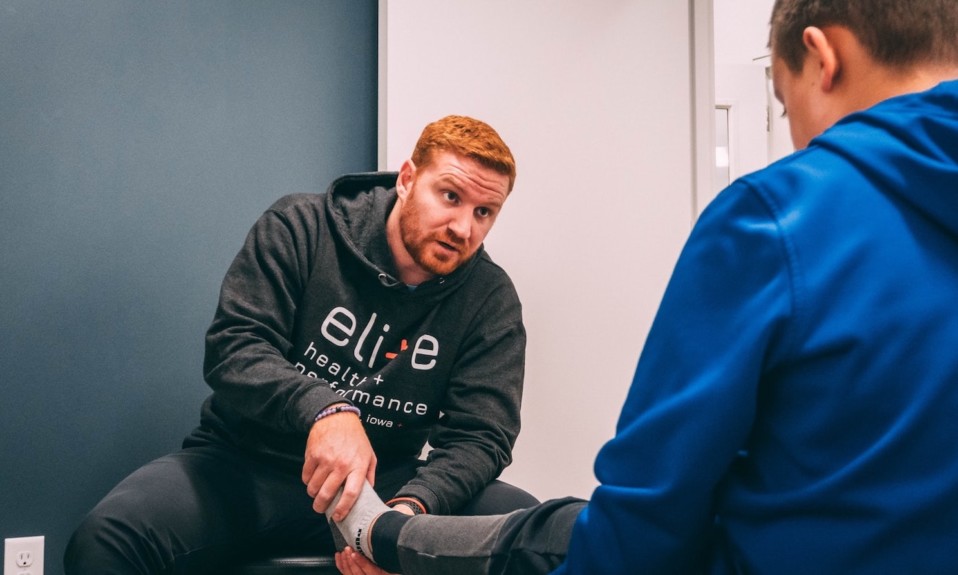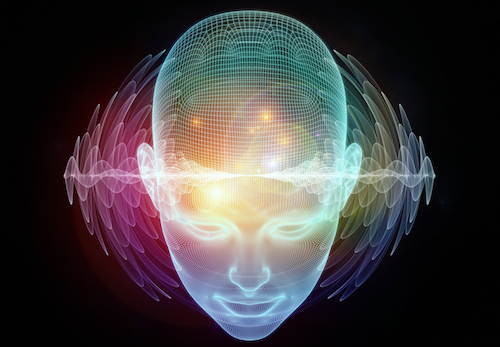Understanding chronic pain—and the variety of ways to treat it—is key to avoiding the trap of drug addiction
By Jason Langendorf
Our traditional understanding of pain is pretty simple—and, as it turns out, woefully incomplete. Pain occurs, according to this ethos, when the body is exposed to physical trauma and our brain sends a signal alerting us to damage, or perhaps to further danger. Turn your ankle, and a sharp sting warns you to sit out the rest of the game. Break a finger, and that deep, thrumming ache tells you it’s time for an ER visit.
But what if your brain senses pain whose source is harder to detect? What if that pain lasts months, with no end in sight, and begins to affect a person’s day-to-day life and mental health? What if the brain’s perception of physical pain can be rewired by the experience of psychological trauma? This is chronic pain, and it’s a phenomenon that is only now beginning to be taken seriously and grasped by the larger medical community.
What Is Chronic Pain?
More than 50 million Americans—1 in every 5 people in this country—suffer from chronic pain, which is defined by the National Institutes of Health as “pain that lasts more than several months (variously defined as three to six months, but longer than ‘normal healing’).” It can manifest itself in a variety of conditions, ranging from back and neck pain to arthritis to irritable bowel syndrome and fibromyalgia. The pain can come and go, or persist continuously.
The issue with opioids was instead of opening up that window of opportunity to be able to treat the true problem, they became a maintenance thing. It was easier for some physicians just to keep throwing the drugs at it. But those long-term solutions are usually not in a bottle.”
—Noah Arenson, Contact Physical Therapy in Mesa, Ariz.
The duration and severity of suffering can vary greatly across individuals with chronic pain, and the psychological nature of the condition—which, after decades of skepticism, is increasingly grounded in evidence-based research—can carry its own toll.
From Johns Hopkins Medicine:
“When pain becomes such a problem that it interferes with your life’s work and normal activities, you may become the victim of a vicious circle. Pain may cause you to become preoccupied with the pain, depressed and irritable. Depression and irritability often leads to insomnia and weariness, leading to more irritability, depression and pain. This state is called the ‘terrible triad’ of suffering, sleeplessness and sadness. The urge to stop the pain can make some people drug-dependent, and may drive others to have repeated surgeries, or resort to questionable treatments. The situation can often be as hard on the family as it is on the one suffering with the pain.”
The Addiction Link
Addiction isn’t necessarily a comorbidity for people with chronic pain—and yet it may still be a concern. Opioids were originally developed for a clinical setting to treat ongoing severe pain, such as that experienced by cancer patients. In time, they would be pushed as a powerful miracle drug with virtually no risk for dependency, a supercharged aspirin.

And because the opioid prescription boom coincided with a period during which chronic pain was often misdiagnosed or simply disbelieved, people who suffered from chronic pain may have been hit hardest by predatory marketing practices, lax regulation and a widespread misunderstanding of opioids’ addictive properties. According to the National Survey on Drug Use and Health, the number of first-time abusers of prescription opioids increased from 628,000 in 1990 to 2.4 million in 2004.
“The issue with opioids was instead of opening up that window of opportunity to be able to treat the true problem, they became a maintenance thing,” says Noah Arenson, a partner physical therapist at Contact Physical Therapy in Mesa, Ariz., who has been working with pain patients for more than 20 years. “It was easier for some physicians just to keep throwing the drugs at it. But those long-term solutions are usually not in a bottle.”
Ethan Nadelmann, founder of the Drug Policy Alliance, says the turn-and-burn culture of modern healthcare and lack of pain-management training among doctors and nurses have contributed to a “pill-popping culture” that glosses over or outright ignores the root causes of many patients’ pain.
“It’s more about a form of existential or emotional pain that’s not being processed, and is being effectively converted into physical pain in ways that are hard to believe,” says Nadelmann. “Because it’s hard to believe that emotional pain could cause that much physical pain, unless there’s something wrong in your body.”
Treating Chronic Pain
Chronic pain isn’t, by definition, pain that is driven by psychological factors. At Contact Physical Therapy, Arenson works with patients to try to correct imbalances, weaknesses and muscular tensions that may have developed over years without diagnosis.

“I think the biggest thing, from a physical therapy standpoint, that we offer is some degree of control for patients with a chronic disease who feel the only thing that they can do is take a pill to get them to feel better,” Arenson says. “And more often than not, there’s an opportunity for them to take control of their symptoms, to at least some degree. Once they feel like they can do that, they can take ownership of their condition, and with that control comes some independence.”
Chronic pain patients may be referred to neurologists or physical medicine specialists, who may offer medications, epidural or cortisone injections, or even surgical options. Increasingly, though, physicians are turning to complementary (and less invasive) approaches such as acupuncture, hypnosis, massage, meditation, chiropractic, tai chi and yoga to treat chronic pain. Pain reprocessing therapy (PRT), pioneered by Alan Gordon, director of the Pain Psychology Center in Los Angeles, is designed to help patients reinterpret pain signals and rewire what may be a short-circuit in the brain’s fight-or-flight instincts.
As our understanding of chronic pain grows, new research is sure to lead to more and improved therapies—and a healthier appreciation for misunderstood conditions, the profound effects of trauma and the risks of overprescribing in the field of medicine.
Top photo: Ryan Snaadt; middle photo: Anthony Tran; bottom photo: Damir Spanic














